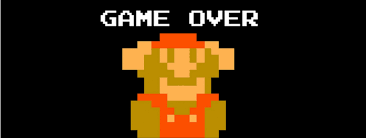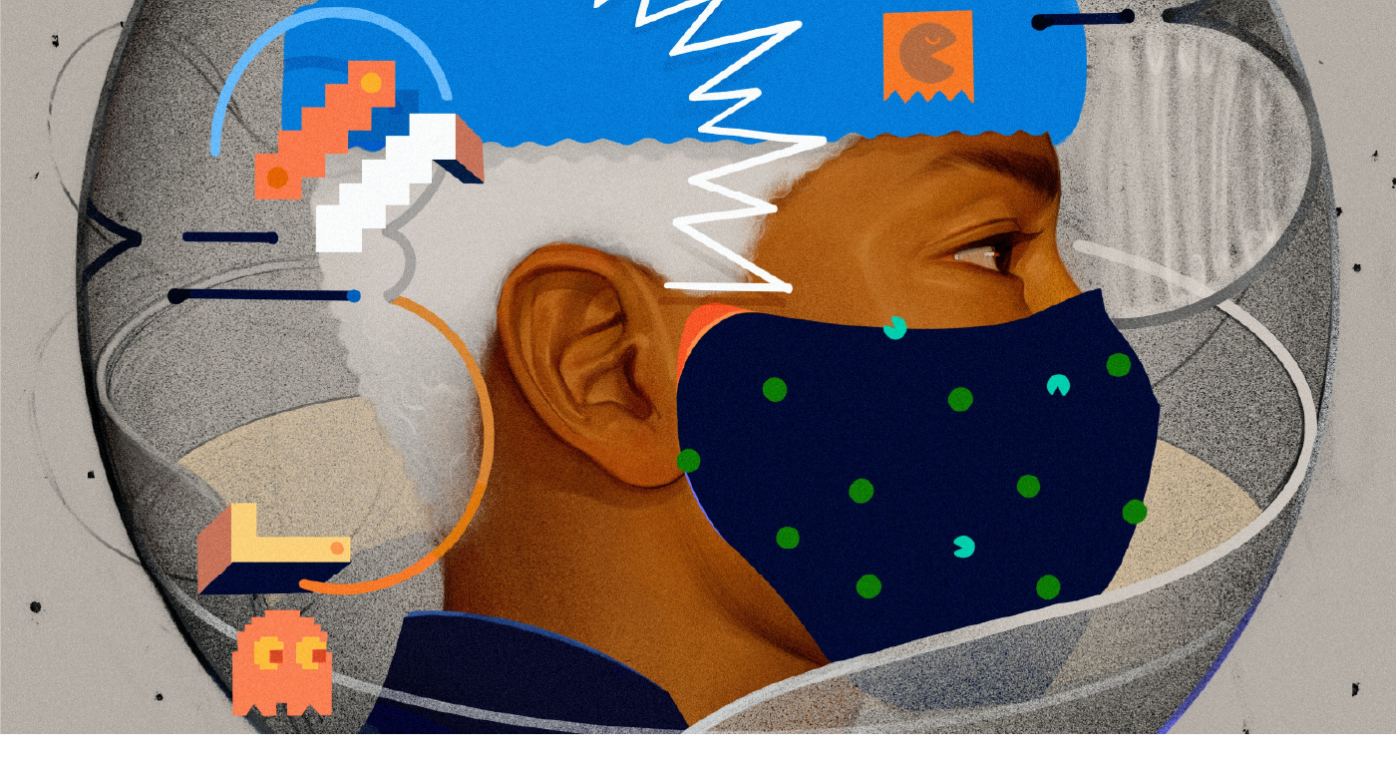Much like children’s cough syrup of yesteryear, no amount of sugar coating is going to make this go down any easier. The job market is tough out there right now. With Junior designers trying to enter the field and Senior designers being let go from their companies, the job market is flooded with more competition than ever before.
The good news is that plenty of Design jobs are still being posted everyday. The world doesn’t stop turning for anyone, not even microscopic strands of RNA. Companies still need designers now and we will definitely see emerging fields rocket off into the stratosphere from all this, particularly in Medtech and Edtech.
Below is a guide to help any designers out there job hunt during these trying times.
- Get over your fear of rejection
Unless you are very lucky, you will experience a fair amount of rejection when applying for roles. There are some stories out there of people applying for one company, taking one interview, and getting the job. These edge cases are few and far between. Your experience may vary.
On any given day you will see very cold, impersonal automated rejection emails flooding your inbox.
The more rejection you receive, the more you’ll get used to it. More importantly, the more rejection you receive, the more you’ll learn from it. Your legs may start shaking on your first phone interview, but by interview #10 it’s just business as usual.

It’s ok, guy. Next time just press jump a little sooner
Failing that final stage interview is like dying on the last level of an old-school video game. It’s not fun to start over, but at least you know you made it to the final stage and can do it again.
2. Consider your runway
Much like a startup, any job hunting designer out there has to consider their runway, burn rate, and doomsday clock.
For example, if you live with your parents or a significant other in a tech hub such as the Bay area, your runway is going to be a lot longer than someone who moved to the area to look for work and lives by themselves. The burn rate as well will be much higher for someone who pays rent or a mortgage in an area with a high cost of living.
This will factor into your job search. Having a longer runway opens up additional opportunities such as internships, part time gigs or freelance work. It’s a good chance to put shipped projects on your portfolio and work with engineers and other designers.
For those with short runways, this will be all the motivation you need to devote every waking hour to your job hunt. You may need to take a temporary job or go back to your previous field for a bit, and there’s nothing wrong with that.
3. Build a network of accountability, and support
There’s a reason why I put accountability before support. Sure it’s great to have a group of friends to support you, but imagine making a promise to those friends and not going through with it. In the morning tell a few friends what you’re going to do that day. For example, “Today I am going to apply for 5 jobs, write a Medium article, then work on a passion project”. At the end of the day report back on what you did. This works even better in a group. This “daily standup” will help keep you focused.
4. Make friends with other job hunting designers
You need to remember that other designers who are job hunting are NOT YOUR ENEMY. You are not direct competitors. This is not the olympics. This is not a zero-sum game. UX Design is based on empathy, and what easier group to empathize with than other job hunting designers? Share job leads, successes, failures, interview tips, etc. It’s a win-win for everyone and I’ve made some great friends this way.
5. Don’t take things personally
As an Asian-American who grew up in a city that’s under 3% Asian, trust me when I say that there’s very little you can do to change someone’s negative preconception of you.
On your job hunt you may meet people who are not as pleasant as you wished them to be. They may hate career switchers, they may look down on anyone without a big name company on their resume, they may hate the shirt you wore during the interview, the list goes on and on. There’s nothing you can do about this.
That being said, there’s a good chance that person’s bad mood or cutting you off has nothing to do with you. Maybe they spilled coffee on their lap an hour ago, maybe their project funding just got cut and everything they worked on for the past 6 months means nothing, the list yet again could go on forever. Don’t take anything personally.
6. Focus on your search on robust industries
This one is self explanatory. During a crisis or recession, certain industries will be more resilient than others. As mentioned previously, emerging markets such as medtech or edtech will be huge in the near future and the user experience will be crucial to their success. You may think that a job with any company is ok right now, but if you were lost in the ocean you wouldn’t want to get on a ship that has “Titanic” written on the side.
7. Don’t give in to nihilism
Even Nietzsche himself was not a nihilist. Sometimes during your job search you may feel tempted to give into feelings of worthlessness, you may have self doubt. If you ever start asking yourself “what’s the point”, maybe it’s time to take a little break. In Japanese there’s a phrase called “弱音を吐く” which means “to throw up one’s weak words”, or to express feelings of weakness. This is sometimes translated to “whining”, but I feel like “kvetching” is a closer translation. Although we all like to pretend that we’re incredibly successful, stoic individuals on Linkedin, it’s ok to express your inner feelings of inadequacy sometimes. After doing so, you’ll wake up the next morning feeling refreshed and ready to continue the hunt.
7 is lucky number, and I think this list is ok for now at 7 tips. Happy hunting Jr Designers, feel free to message me for any questions, even if you just want to “throw up your weak words”.
Image credit: https://.freepik.com/vectors/people
Image credit: Nintendo
Article image by Samuel Rodriguez








